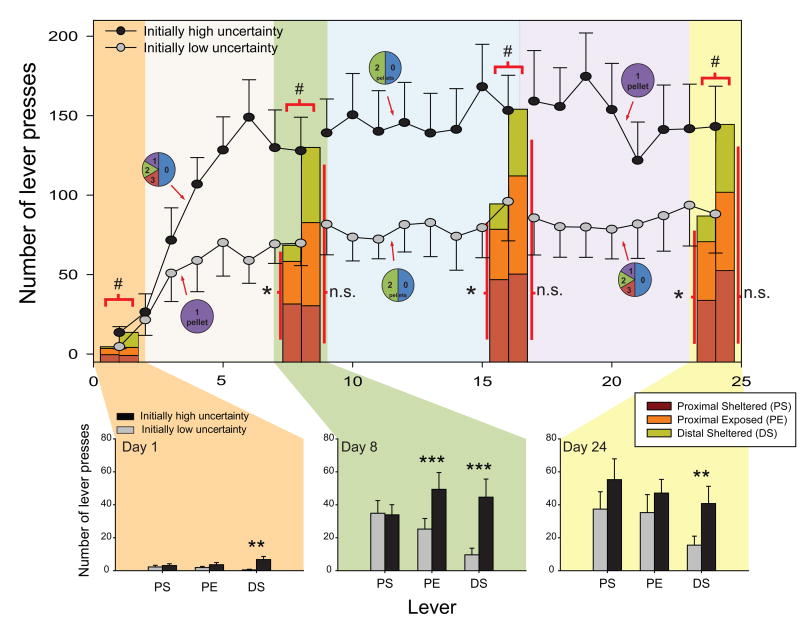Fig. 2. Number of lever presses in both groups of rats.
Upper part: lever presses for all CS+ levers across varying levels of reward uncertainty. The initially high uncertainty group started with high uncertainty (d1-8) and ended with low uncertainty (d17-24), while the initially low uncertainty group started with low uncertainty (d1-8) and ended with high uncertainty (d17-24). Circles represent reward contingencies in each training block; # indicates significant differences (p < 0.05) in total responding between groups on the last session of a training block; * indicates significant differences (p < 0.05) in responding within group on the last session of a training block; n.s. indicates a lack of significance. Bottom part: lever presses for each lever type (PS, PE, and DS) on sessions 1, 8, and 24. The rats of both groups pressed the PS lever in a similar way throughout training, but the rats of the initially high uncertainty group pressed the PE lever more than those of the initially low uncertainty group at the end of the first training block (on day 8). Interestingly, the distal lever was pressed to a larger extent by the rats of the initially high uncertainty group throughout training. Legends: ** p < 0.01, *** p < 0.001.

